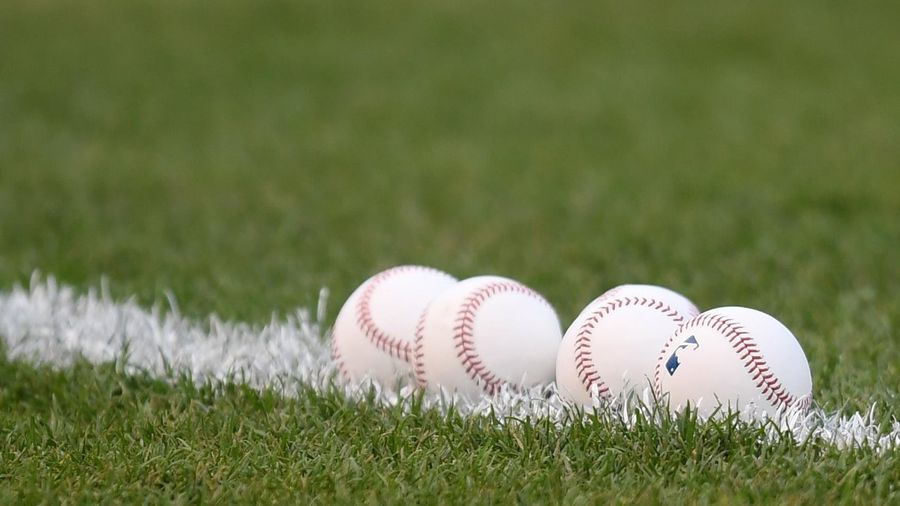MLB’s rule changes have made baseball more like itself
 The game is... much better now. source: AP
The game is... much better now. source: AP One week into the MLB season, the rule changes are by and large a huge success. It seems that fans and players alike overwhelmingly like the changes.
Even pitchers, who tend to be crybabies and sticklers for routine, are seeing the change as an opportunity. Max Scherzer spent spring training using the pitch clock to his advantage, both holding the ball in the set position as long as he can and quick pitching.
Although most are on board, there are some extreme baseball traditionalists who still aren’t fans. And I’m not just talking about Manny Machado picking up the sword to go on a children’s crusade against the pitch clock.
For example, here’s an excerpt from Battery Power of SB Nation: “I won’t rant and rave too much here, but the combination of expanded playoffs and these changes is a very clear signpost from MLB to me saying: ‘stop watching.’ Am I going to listen? Who knows.”
There is a small but vocal contingency of fans that think the new rules, like every change that’s ever been made to the game, have ruined it. If you’ve ever been to a baseball game then you’ve probably talked to them or at least overheard them.
I was at an MLB game last season when a foul ball hit the net really far down the first base side when the guy sitting in front of me unironically said, “The nets ruined baseball.” THE NETS? Then what are you doing here? If the game is ruined then go home. If someone were athletic enough to catch a 110 mph hit ball with their bare hands while sitting down then they would be in the game instead of paying to watch it.
But I digress. The point is that for some baseball traditionalists, rule changes like the pitch clock are changing the game that has remained basically the same for well over 100 years. The thing is, the “back in my day” crowd should love the changes because it’s actually making the game way more similar to what they grew up with.
Shorter games for shorter attention spans
The average game length this season is two hours and 38 minutes. The last time it was that short was 1981. At the time of writing, teams are stealing 0.64 bases per game, up from 0.51 last season, and much more reminiscent of the ’80s and ’90s.
The new rule changes aren’t changing baseball. Baseball itself was changing, and these rules are correcting it.
If you heard anyone say during spring training that these rules would ruin the game and that they weren’t going to watch, just know they were lying. No one actually watches because they like watching pitchers throw four pickoffs in a row or the batters re-adjust their batting gloves after a called strike. That SB Nation writer? He’s watching too, no matter what he threatens.
If MLB had just announced the pitch clock in a top-secret league-wide memo, making everyone sign NDAs, and never told the viewing public, then no one would’ve even noticed unless there was a called strike or ball due to a pitch clock violation. No one would take exception to players having a sense of urgency.
We know this because they’ve had these rules in the minor leagues for two seasons now and no one did. Fans complaining about the new rules have probably been to a minor league game with bases that are imperceptibly bigger from the stands and didn’t notice.
Also, 15 seconds to throw a pitch isn’t that short of a time. Don’t believe me? Sit there and do nothing for 15 seconds. Can you remember a time you were more bored?
Apart from the pitch clock, the other big change was limiting the shift. For a long time, I was against banning the shift. I didn’t like the idea of punishing defenses because batters refuse to try and hit it the other way or bunt. My stance on that has softened in part because more base hits are, in fact, more fun to watch.
Like the other rule changes, limiting the shift also makes baseball more like what it was at the peak of its popularity. Frequent infield shifting is a recent development, with defenses shifting on 10 percent of plate appearances in 2015, increasing to 34 percent in 2022.
In short, I think that the people who are complaining about the rule changes were just looking for something to complain about. The on-field product was made significantly better practically overnight, and I dare say that is a good thing.

